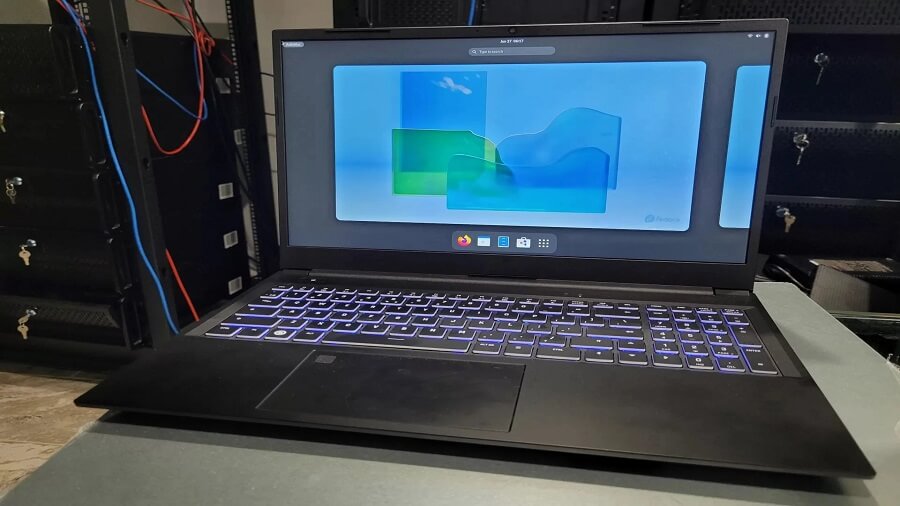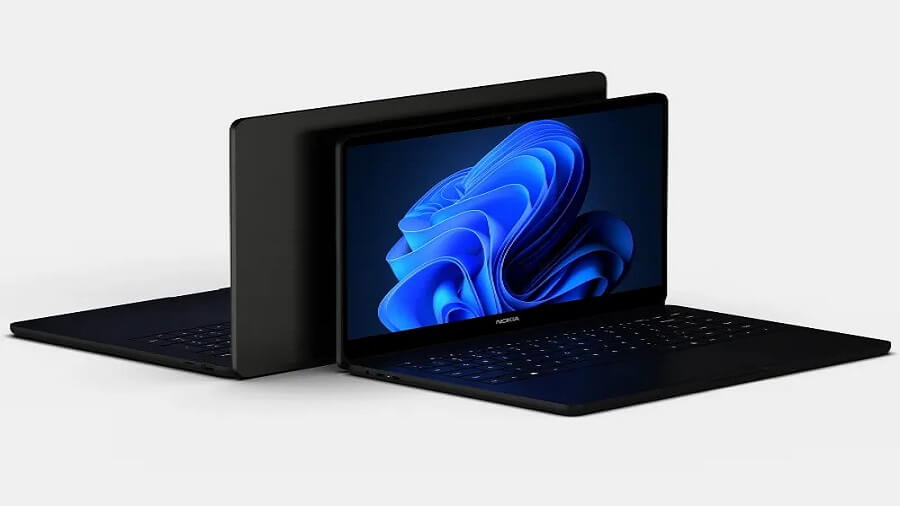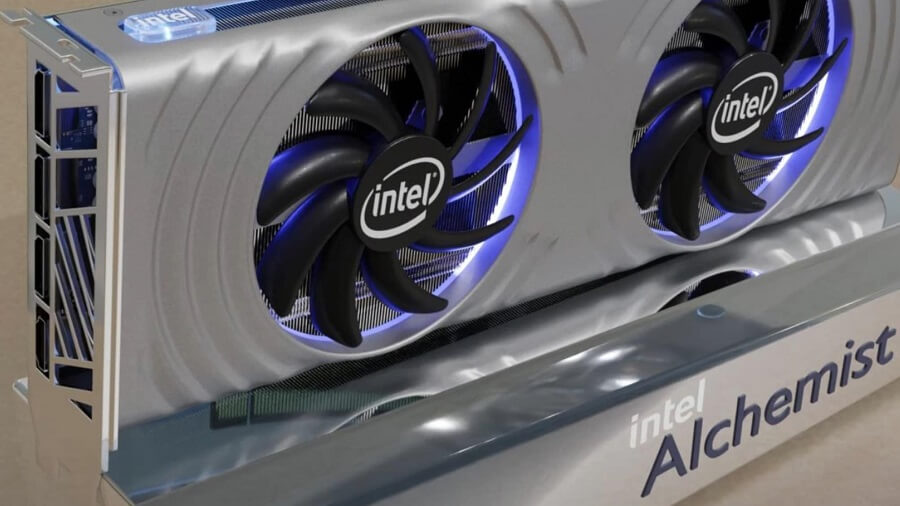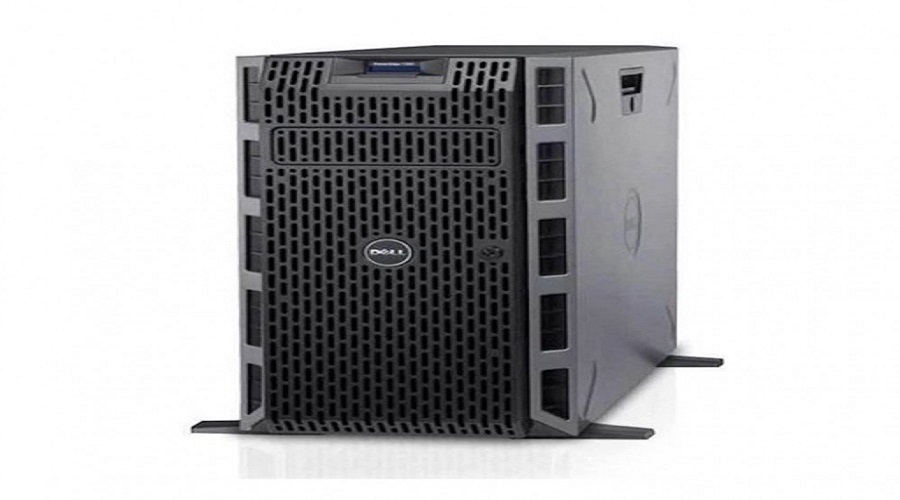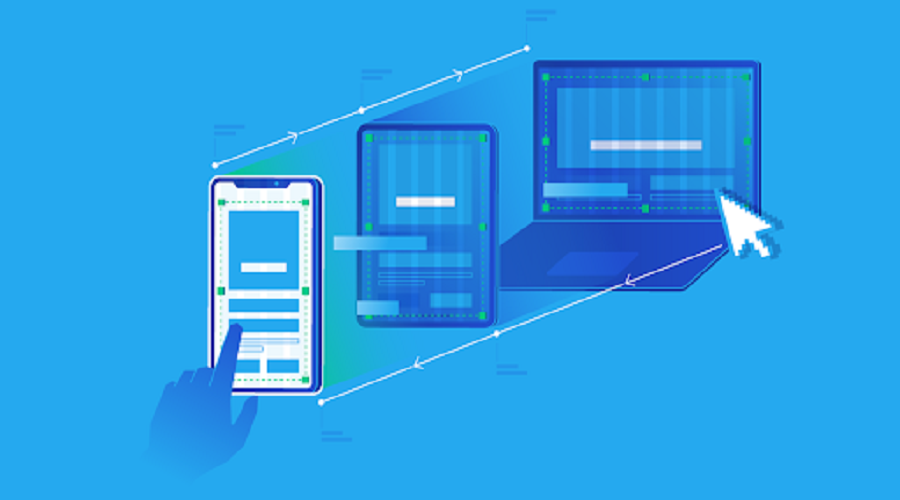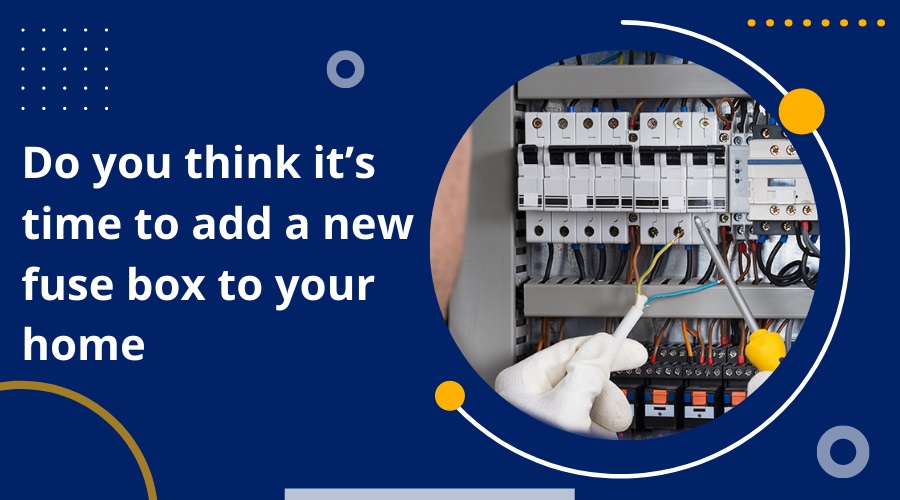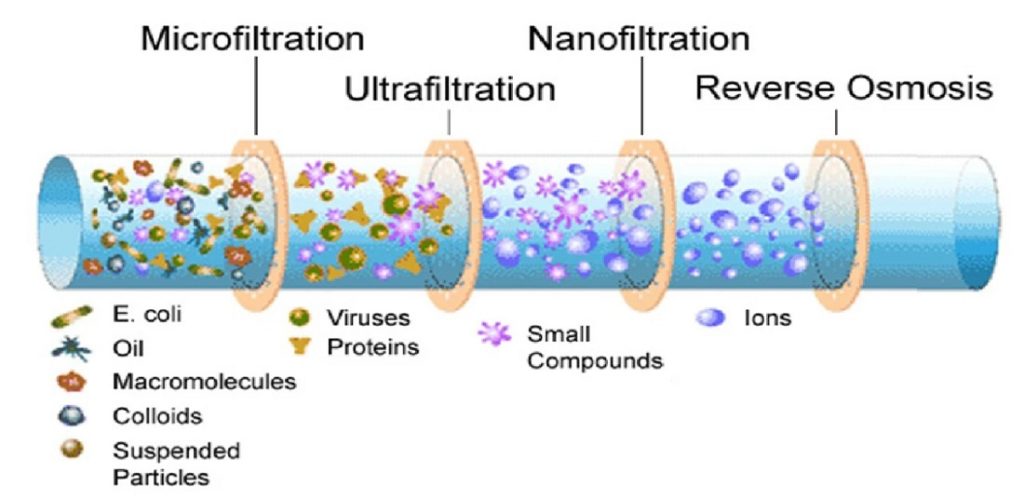Cloud-Native Platforms are better than Traditional Enterprise Platforms for Growing Businesses

Cloud-native platforms refer to the concept of developing applications and operating systems. This concept takes the benefits of the cloud-based model of distributed computing. This development platform is aimed at developing strong applications and utilizing the softness & flexibility of the cloud.
However, traditional enterprise platforms are unable to realize the entire advantages of running on a CN platform. It is due to every application being architected or developed with a unique method. These types of applications normally require much time to develop.
How Cloud-native Platform encourages Companies?
The CNCF (Cloud Native Computing Foundation) said cloud-native platform encourages companies to use and develop applications. The system enables organizations to build applications in private, public, and hybrid cloud environments. There is a wide range of features incorporated into cloud-native applications to empower both data integrity and security.
However, traditional enterprise application architecture enables developers to construct close dependencies between the application and operating system, hardware, and storage. But, the cloud-native architecture makes such dependencies moveable and scales the application across the new infrastructure.
These features include microservices, service meshes, APIs (application programming interfaces), and enduring infrastructure. Most cloud-native applications use the efficient design of microservice-based architecture and equally distribute resources among various connected services. This architecture also adds a level of flexibility and mobility to a cloud-based model.
Use Cloud-Native Microservices to Improve Performance
We can simply describe cloud-native microservices as an architectural strategy to allow single applications to serve in smaller components. These services are aimed at independently implementable and having a technology stockpile covering the database management tool and data model.
Microservices enable users to communicate using multiple paths such as event streaming, message brokers, and REST APIs. These services efficiently improve the performance of code and enable effortless updating. Microservices are independently developed and secured in autonomous storage technology.
Cloud-Native API uses Microservice Architecture
Application Programming Interface (APIs) uses microservices design to support cloud-native architecture. These services can communicate across well-defined paths using an API interface. However, capacity is one of the major issues developers experience when creating services to support the business environment.
Moreover, cloud-native APIs are used to promote the development process and empower the continuing use of services. It is simple to finish with a poor experience when creating Cloud-native Applications from scratch. Developers should understand the capabilities of different APIs.
Cloud-Native Technologies with Packaged Container Services
Keep in mind that the cloud-native term is often used to describe container-based environments. Cloud-native technologies are designed with packaged container services. These technologies are used to create applications that are developed and deployed using microservices.
However, most of these microservices are fundamentally designed with graceful processes for DevOps and constant delivery of data flow. The cloud-native security model is designed to improve existing PaaS abilities including patching, capacity management, and cloud storage management.
Some Key Examples of Cloud-Native Platforms
Most cloud-native applications are using native to cloud processes and platforms. These applications are easily alterable and deployable. Most of these applications are traditionally using one or more cloud-based architectures. There are 3 key examples of cloud-native applications.
Rapidly deployable Software Containers
Software containers are described as mobile operating systems. These containers are integrated into applications and their connected software components. Most of these containers are traditionally small, reusable, and rapidly deployable.
Microservices to Empower Capabilities
Most microservices are ambiguously connected software services. These services can be combined into a complete application. The key objective of using microservice is to enhance the flexibility and extension capabilities of applications.
Software-Defined Infrastructure
Meanwhile, virtualizing hardware functionality provides improved ability to businesses. This infrastructure offers businesses an enhanced ability to scale their capacity and reallocate different resources. These services can easily be stopped or started using the advanced software-defined infrastructure.




























